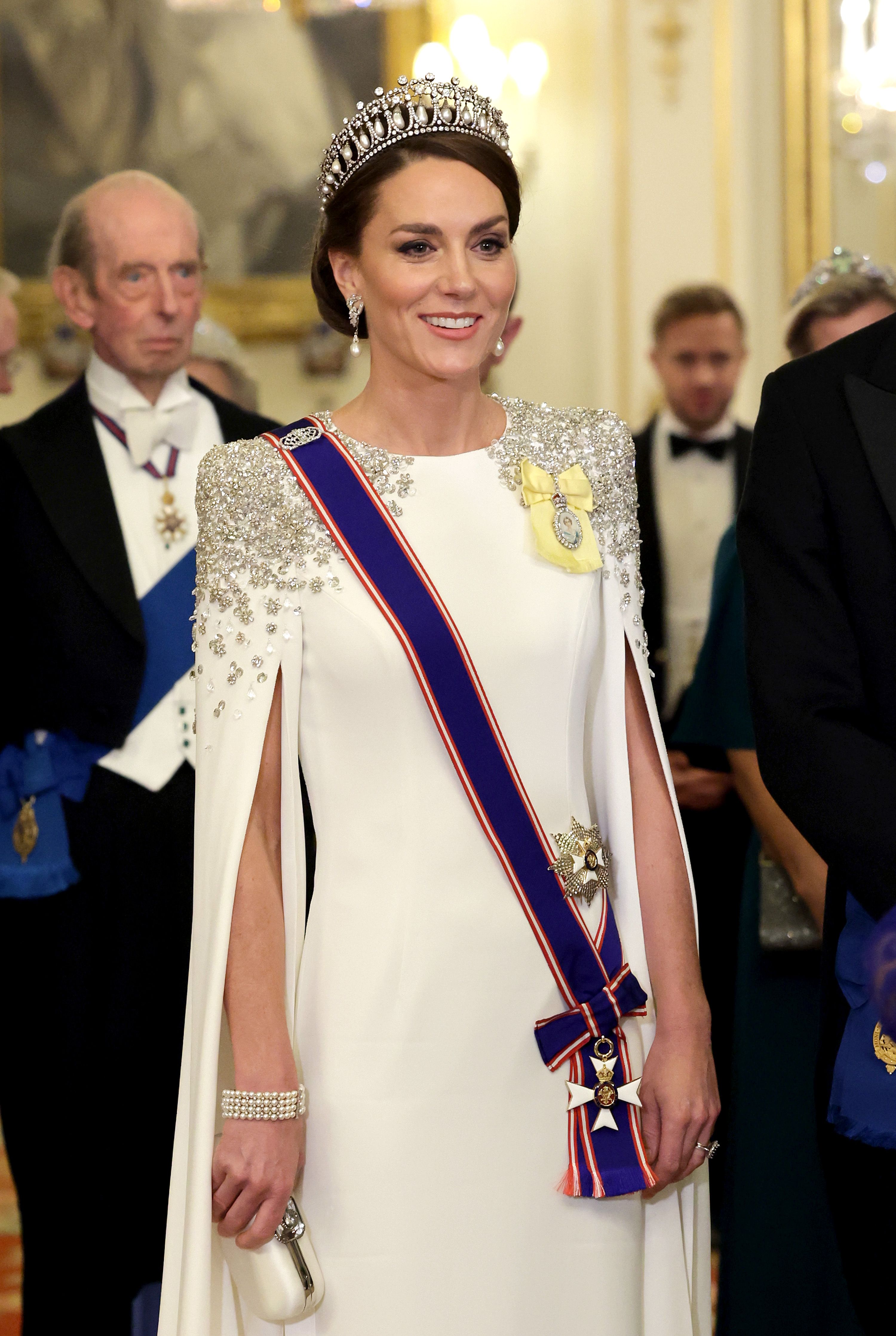The donor base has steadily eroded over the past decade. (Image created by AI/ChatGPT) SEOUL, April 7 (Korea Bizwire) — South Korea is grappling with a shrinking pool of blood donors as demographic challenges and shifting social incentives undercut participation, despite a modest rebound in total donations since the pandemic. According to 2024 data released by the Korean Red Cross and Statistics Korea, the number of individuals who donated blood at least once fell to 1.
26 million last year — the lowest since national data collection began in 2005. This marks a continued decline from 1.30 million in 2023 and 1.

33 million in 2022. While total blood donations in 2024 reached 2.86 million, continuing a recovery trend from pandemic-era lows, the increase was largely driven by repeat donors.
The average number of donations per person rose to 2.26 last year, up from 1.8 in 2014, reflecting a growing reliance on a shrinking group of frequent contributors.
The donor base has steadily eroded over the past decade. Compared to 2014, when 1.7 million individuals gave blood, the figure has dropped by more than 430,000 — a 25.
4% decline. Only 3.27% of the eligible population, aged 16 to 69, donated blood last year, down from 4.
43% in 2014. Youth participation has seen a particularly steep drop. Donations from those aged 16 to 19 were halved over the past decade — from 1.
07 million in 2014 to just 550,000 in 2024. Experts attribute the decline to falling birthrates and a 2022 policy change that removed individual volunteer activities like blood donation from consideration in college admissions. A citizen donates blood inside a mobile blood donation bus.
(Yonhap) In contrast, donors in their 30s and older now account for a growing share of the total. In 2024, people in their 20s made up 35.5% of all donations, followed by teenagers at 19.
3%, those in their 40s (16.9%), 30s (15.9%), 50s (10.
4%), and seniors aged 60 and above (2.1%). As of April 5, the nation’s blood reserves stood at a stable five-day supply — the benchmark for adequacy.
But public health experts warn that sustained low birthrates and population aging will require long-term strategies to ensure a reliable blood supply. Notably, first-time donors accounted for just 10% of total donations last year, signaling potential challenges in cultivating new participants. Regionally, Ulsan led the country in per capita donations at 9.
9%, while Gyeonggi Province lagged at just 1.7%. With South Korea’s demographic headwinds showing no signs of easing, health officials are calling for renewed efforts to stabilize and expand the donor base ahead of 2026 and beyond.
Lina Jang ([email protected]).
Entertainment

South Korea Sees Sharp Decline in Blood Donors Amid Aging Population and Low Birthrate

SEOUL, April 7 (Korea Bizwire) — South Korea is grappling with a shrinking pool of blood donors as demographic challenges and shifting social incentives undercut participation, despite a modest rebound in total donations since the pandemic. According to 2024 data released by the Korean Red Cross and Statistics Korea, the number of individuals who donated blood [...]The post South Korea Sees Sharp Decline in Blood Donors Amid Aging Population and Low Birthrate appeared first on Be Korea-savvy.















